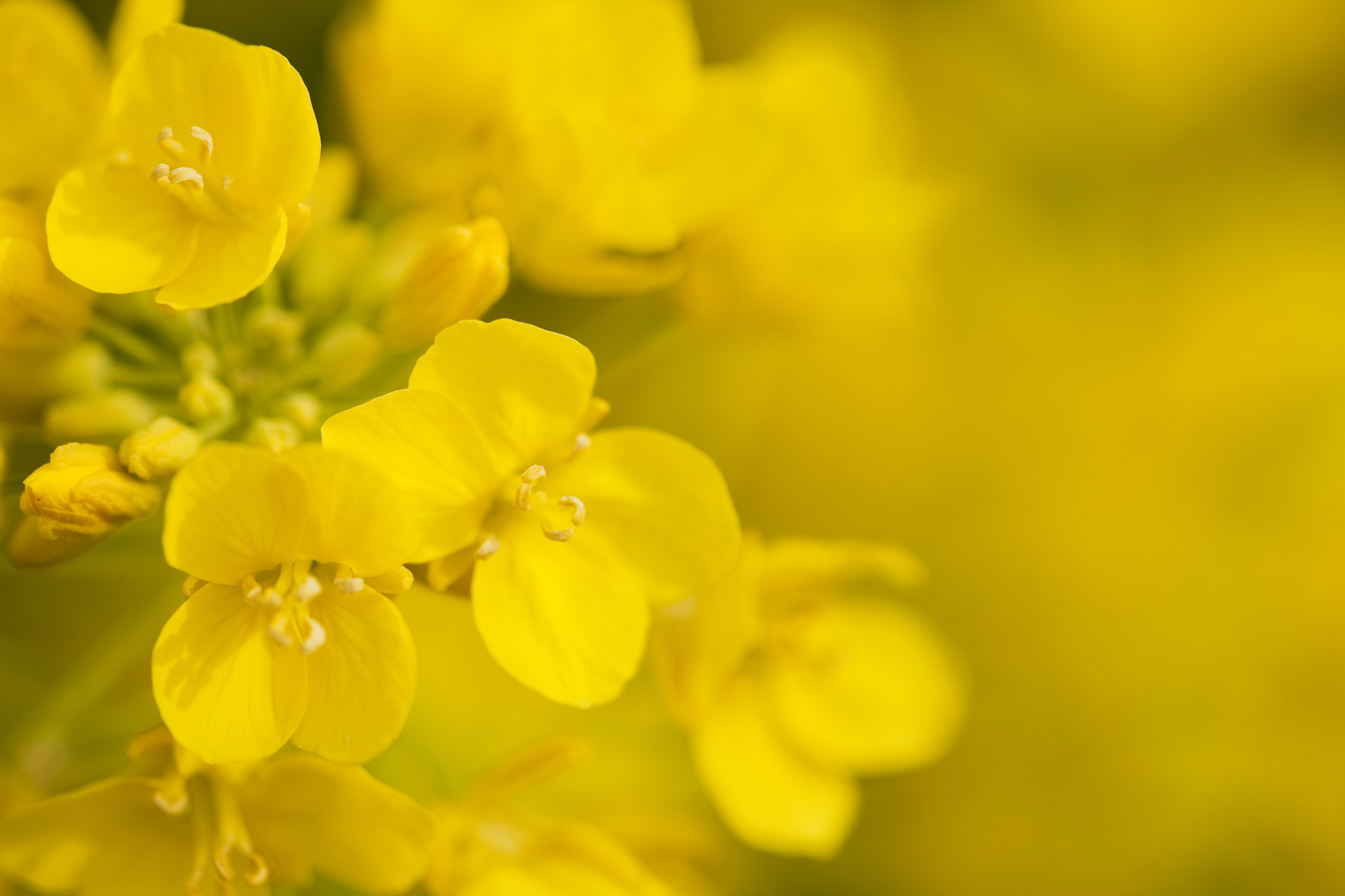From open-pollinated varieties to hybridization, herbicide tolerance and stacked traits, canola has come a long way in Canada. Annual production levels, which have grown steadily since 2000, have leveled off at about 20 million tonnes. Does this mean canola has reached its full potential? Some think we still have more bushels to find.
“We know we haven’t reached peak yield when it comes to Canadian canola production,” says Curtis Rempel, vice president, crop and innovation with the Canola Council of Canada (CCC). “But in order to make a big difference, we need to move forward with genetic advancements and how we manage harvest.”
With new traits for disease resistance and pod shatter, canola rapidly went from an average 20 bushels per acre to 42, but that ceiling has been hard to break through. The CCC’s strategic plan, first announced in 2014, targeted an average 52 bushels by 2025, which likely won’t happen — yet.
“We will get past 50 bushels, it will just take a bit more time,” says Rempel. “Combined with genetic gains, if growers continue to work with their local agronomist, set their yield expectations at the beginning of the season, manage their fertilizer use and focus on harvest management, we still have a lot more we can get from canola.”
WHERE GROWTH BEGAN
“In the late 1990s to early 2000s, canola was grown on about 10 to 15 million acres,” says David Kelner, canola portfolio and launch lead with Bayer. “It took five to six years for the market to fully adopt hybrid canola, which contributed to a big part of the growth, together with the herbicide-tolerant systems that came with it.”
Read full article

